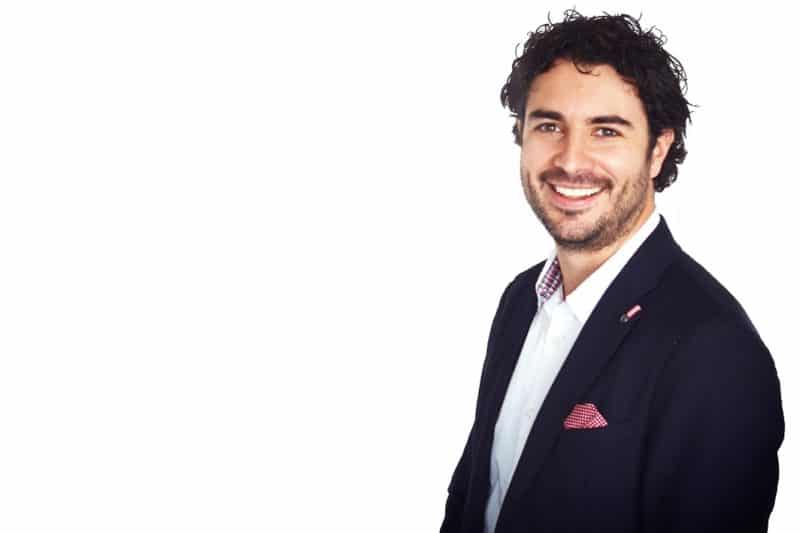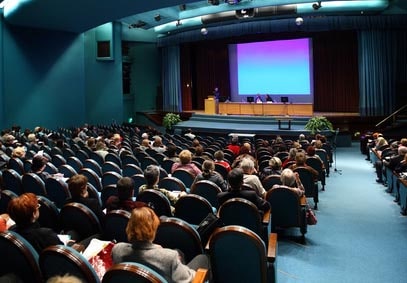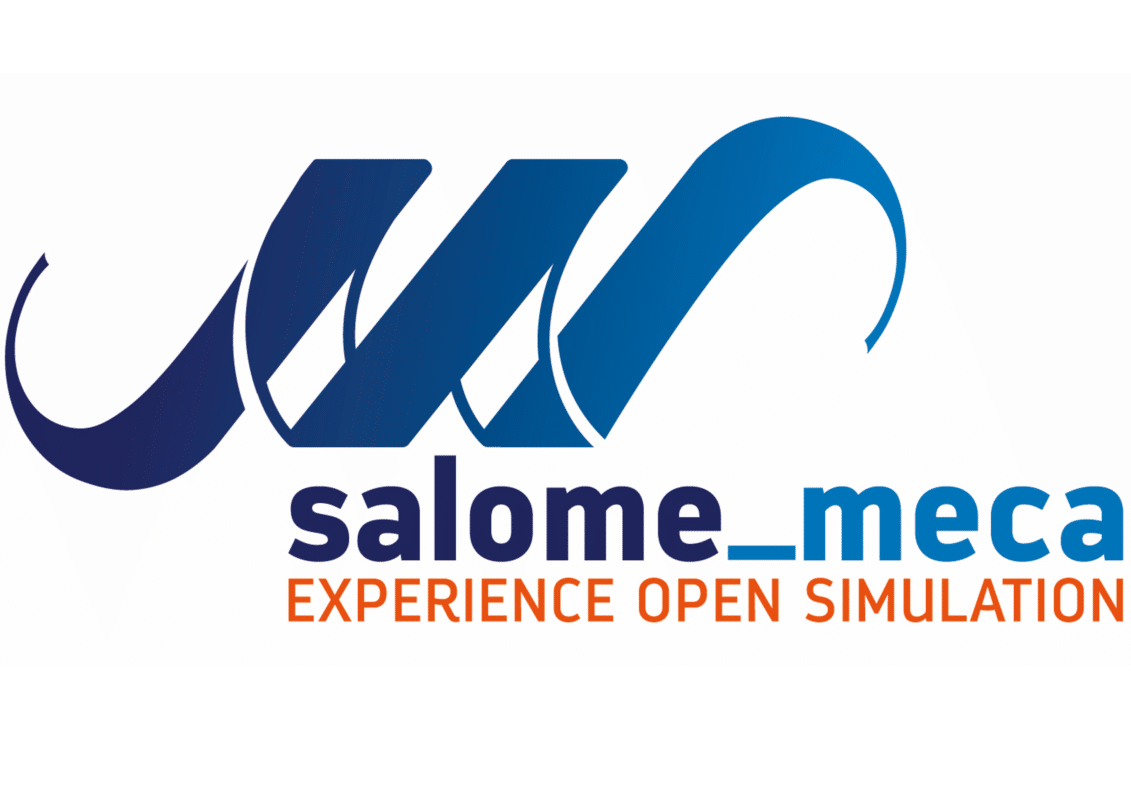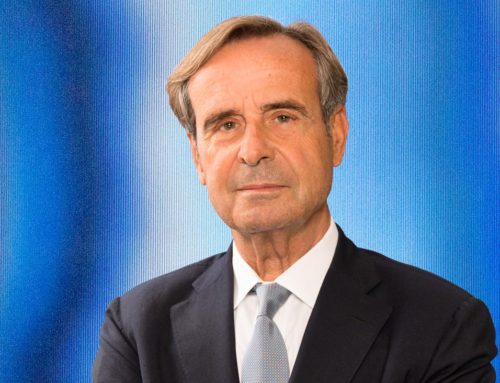Creativity
session
Médéric Gillet is a product manager at Bodet Software. He is the co-writer of ‘Leading a creativity session’, along with Thibault de Maillard, a book published by Dunod.
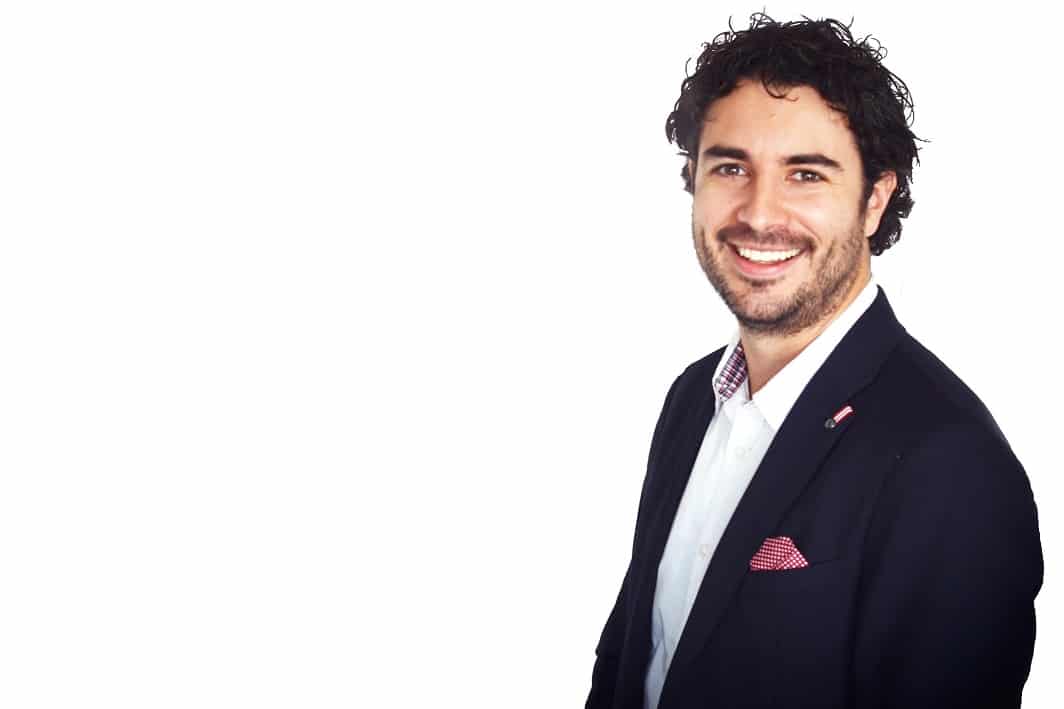
Agent Majeur: Why did you write this book?
Médéric Gillet: Currently in literature, there are many works listing the methods of creativity. Altogether, more than 120 methods have been identified. A creativity session is a sequence of methods with the goal of obtaining the most relevant results possible. The main point of our book is to help the reader to be able to run a session from A to Z.
In what kind of situations does a company choose to lead a creativity session?
The creativity session is a way of generating ideas. It is mainly used in 3 cases:
– Technical enhancements: I have an existing product and I wish to improve one aspect of it;
– The development of new products;
– The research of new concepts to generate breakthrough innovations within 10 to 15 years. For example, what will the computer be in 10 years?
What are the steps of a creativity session?
A creativity session is broken down into 3 phases: before/ during/ after the session. The host participates in all the phases. The participants only attend the creativity session. It usually lasts from 2 hours to 2 days. Regarding the decision-maker, they are present during the upstream phase and then come back after the creativity session.
What results can be expected from a creativity session?
Idea cards are the product of the whole working session. They include a description of the idea and are often illustrated with a schematic. Generally, the decision-maker does not attend the creativity session. The idea cards are presented to them so as to prioritise them. They will make their choice according to the know-how of the company – is this an idea that we will be able to absorb quickly or not? – and its willingness to innovate.
Is there a typology of participants?
In the book, we define 3 major typologies of participants. Participants with a technical profile, engineers or accountants for example, are used to exchanging ideas. They will be very useful to bring new solutions to improve products. At the opposite end of the scale are people who are very comfortable in the conceptual or imaginary realm, so designers or people in marketing positions, for example. Between these two groups there is a third, more versatile, category: people who are both creative and pragmatic. The groups of participants will be created taking into account these typologies and according to the results expected at the end of the creativity session.
Don’t you think it is simplistic to consider scientists as pragmatic and non-creative?
Beyond these typologies, there are individuals. An accountant can be very creative. But for the host who doesn’t know the people participating in their creativity session, these typologies are useful to set up their group.
What are the keys to a successful creativity session?
Before the creativity session, it is important to define the frame with the decision maker: the purpose of the session and the expected results. This is when to explain to them that the working group must be formed according to the participants’ profile and the expected results. This concept is not always easy to convey in a company. The host’s capacity to properly handle their group is also essential. If they have little experience, we advise them to favour relatively simple and low-risk creativity methods.
> Management
17/12/2012
